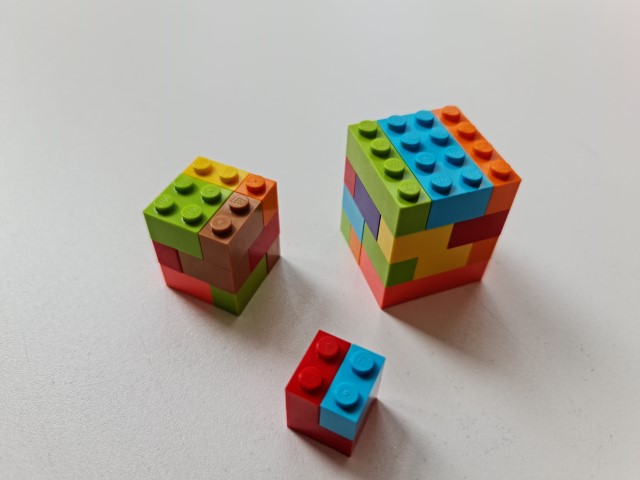
What are Spatial Skills?
Spatial skills are cognitive skills associated with understanding space and spatial operations. Spatial skills involve tasks like mental rotation of 3-dimensional objects, understanding how a flat pattern could fold up into a 3-dimensional shape and being able to visualise a cross-section of a complex structure.


